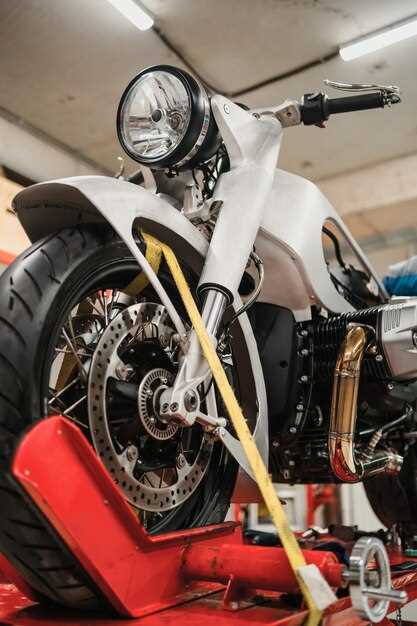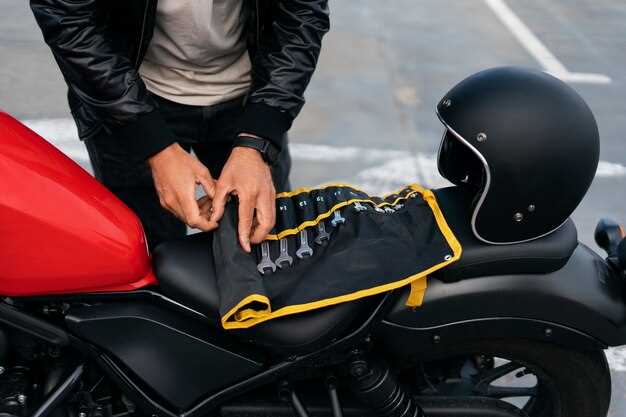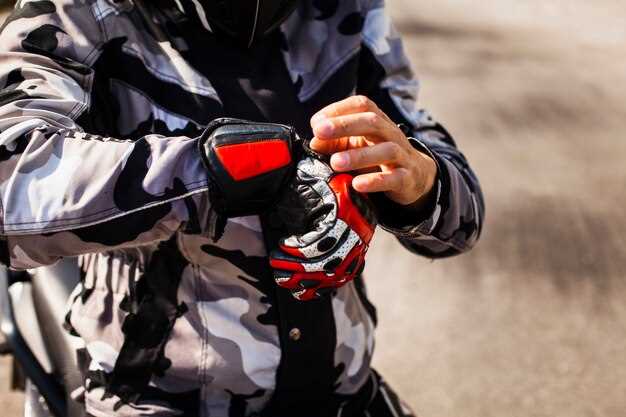
When it comes to aggressive riding, the performance of your motorcycle or bicycle hinges significantly on the quality of your brake pads. As riders push their limits, the demands on braking components increase, requiring a careful selection of pads that can withstand intense conditions. Choosing the right brake pads not only enhances safety but also optimizes the overall riding experience.
Understanding the types of brake pads is crucial in making an informed decision. Brake pads are typically categorized into three main types: organic, semi-metallic, and ceramic. Each type comes with its own advantages and disadvantages, impacting factors like stopping power, durability, and heat resistance. For aggressive riding, riders must look for pads that maintain performance under extreme stress and higher temperatures.
In addition to the material composition, consider the compatibility of brake pads with existing brake systems. Not all pads are created equal; different brake callipers and rotors may demand specific types for optimal performance. It’s vital to consult your motorcycle’s specifications and approach professional recommendations to ensure compatibility, thereby maximizing braking efficiency and rider safety.
Lastly, performance characteristics such as initial bite, modulation, and fade resistance are essential to evaluate when selecting brake pads. Aggressive riders benefit from pads that offer quick response times and consistent performance throughout varied conditions. Taking the time to choose the right brake pads tailored to personal riding style and conditions not only boosts confidence but also elevates the overall riding experience.
Understanding the Different Types of Brake Pads Suitable for Aggressive Riding

When it comes to aggressive riding, selecting the right brake pads is crucial for optimal performance and safety. There are several types of brake pads available, each designed to meet specific needs and riding styles. Understanding these options will help riders make informed decisions that enhance their overall experience on the road.
1. Organic Brake Pads
Organic brake pads, also known as non-asbestos organic (NAO) pads, are made from a mixture of fibers, resins, and other materials. They are known for their quiet operation and smooth engagement. These pads are ideal for street riding and lighter motorcycles but may struggle under extreme conditions. For aggressive riders, they offer good initial bite but can fade under heavy usage.
2. Sintered Brake Pads
Sintered brake pads are made from metallic particles that are compressed and heated to form a strong composite. These pads deliver excellent stopping power and are highly resistant to heat, making them suitable for aggressive riding. They perform well in both wet and dry conditions, providing consistent braking performance. The downside is that they can be noisier than organic pads and may wear down rotors quicker.
3. Semi-Metallic Brake Pads
Semi-metallic brake pads combine elements of both organic and sintered pads. They contain a proportion of metal fibers mixed with organic materials, offering a balance of performance and comfort. These pads provide good heat dissipation, making them suitable for aggressive riding. They offer consistent performance, but like sintered pads, they can produce more noise and wear out brake rotors faster than organic options.
4. Racing Brake Pads
For the most demanding conditions, racing brake pads are engineered for high-performance applications. They are formulated to withstand extreme temperatures and provide maximum stopping power. These pads are typically used in competitive motorsport settings or by skilled riders who prioritize performance above all. While they offer exceptional control and durability, they may not be suitable for everyday riding due to their aggressive nature and potential for faster wear.
5. Ceramic Brake Pads
Ceramic brake pads are a relatively newer option that offers benefits such as reduced dust production and quieter operation. They are known for their longevity and stable performance under different weather conditions. While they may not provide the same initial bite as sintered pads, they offer consistent performance and less wear on rotors, making them a viable option for aggressive riders seeking a quieter solution.
Choosing the right type of brake pad depends largely on the rider’s style, bike specifications, and riding conditions. Understanding the differences between organic, sintered, semi-metallic, racing, and ceramic brake pads will enable aggressive riders to select the most suitable option for their needs, ultimately enhancing safety and performance on the road.
Key Performance Features to Look for in Brake Pads for High-Performance Riding

When selecting brake pads for aggressive riding, it is essential to focus on several key performance features that significantly impact braking efficiency, safety, and overall ride quality.
1. Material Composition: The type of material used in brake pads greatly affects performance. Organic (resin) pads provide excellent initial bite and are quieter but may wear out quickly under extreme conditions. Semi-metallic pads offer a balance of durability and performance, while ceramic pads deliver consistent braking with minimal dust. Choose the material that aligns with your riding style and conditions.
2. Heat Resistance: High-performance riding generates substantial heat, which can lead to brake fade if the pads cannot withstand elevated temperatures. Look for brake pads with higher heat tolerance ratings to ensure consistent performance during intense rides.
3. Friction Coefficient: The friction coefficient determines the grip the pads can provide when engaged. Higher friction coefficients translate to better stopping power and responsiveness. Consider pads with a friction coefficient suitable for aggressive riding to enhance braking efficacy.
4. Pad Thickness: Thicker brake pads generally last longer and can withstand more wear. However, they may require more force to engage initially. Evaluate the thickness in conjunction with your riding style to find a suitable compromise between longevity and performance.
5. Noise and Vibration Control: Loud or vibrating brakes can detract from the riding experience. Look for pads designed with noise reduction technologies or features that minimize vibrations. This is particularly important for high-performance riding, where feedback and control are crucial.
6. Compatibility with Brake System: Not all brake pads are universally compatible. Ensure that the pads you choose are specifically designed for your bike’s braking system (disc or drum) and match the diameter and style of your rotors for optimal performance.
7. Environmental Factors: Consider brake pads that operate well in various weather conditions. If you often ride in wet or muddy environments, pads with enhanced wet performance and better water dispersion characteristics are crucial to maintaining braking efficiency.
By paying attention to these performance features, riders can make informed decisions when selecting brake pads to enhance their high-performance riding experience, ensuring safety and responsiveness in demanding scenarios.
Top Recommendations for Brake Pads Based on Rider Feedback and Testing
Choosing the right brake pads is crucial for aggressive riders who demand high performance and reliability. Based on extensive rider feedback and comprehensive testing, here are the top recommendations for brake pads that excel under intense riding conditions.
1. EBC Brakes Greenstuff 2000 Series
These pads are favored for their excellent stopping power and low dust production, making them ideal for both street and occasional track use. Riders appreciate the progressive feel they offer, which enhances control during aggressive braking maneuvers.
2. Hawk Performance HPS
The Hawk HPS pads are well-regarded for their high friction coefficient and minimal fade during prolonged use. Many riders report increased confidence in their braking performance, especially during hard stops. The HPS pads are known for the ability to withstand extreme conditions without sacrificing performance.
3. Ferodo DS2500
Renowned for their exceptional heat management, Ferodo DS2500 pads deliver consistency and reliability during aggressive riding. Riders often highlight their predictable braking response, which enhances cornering control and overall bike handling. These pads are especially popular among track enthusiasts.
4. StopTech Street Performance
The StopTech pads are designed for high-performance applications, striking a balance between aggressive stopping power and everyday usability. Feedback from riders emphasizes their ability to perform well in various conditions, including wet environments, without compromising performance.
5. Carbotech XP10
For those who prioritize track performance, the Carbotech XP10 pads are a top choice. These pads provide remarkable bite and modulation even under high-stress conditions. Riders appreciate their durability and the reduced tendency to fade, making them a staple for serious racers.
When selecting brake pads, it’s important to consider your riding style, vehicle specifications, and the type of conditions you typically encounter. These recommendations are backed by real-world testing and rider experiences, ensuring that you make an informed decision for your aggressive riding needs.

